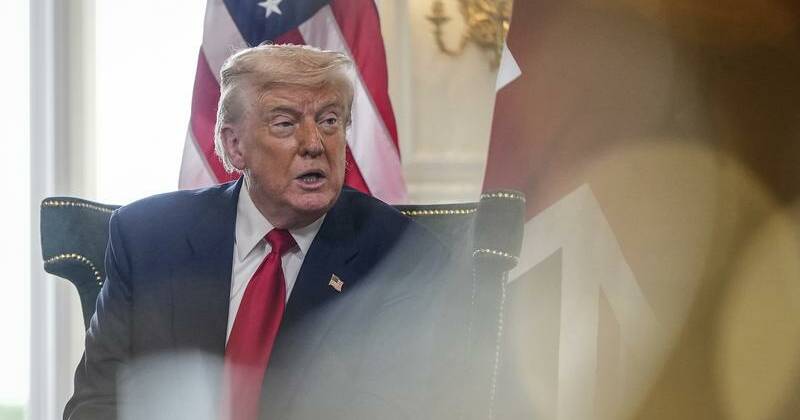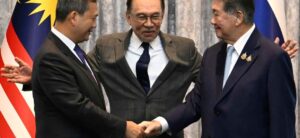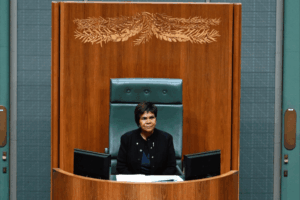
US President Donald Trump announced that countries not negotiating specific trade agreements will soon face tariffs ranging from 15% to 20% on their exports to the United States. This marks a significant increase from the 10% tariff he imposed in April 2023. Trump revealed these plans during a press conference alongside UK Prime Minister Keir Starmer at his golf resort in Turnberry, Scotland.
The administration plans to notify around 200 countries of the new “world tariff” rates shortly. “I would say it’ll be somewhere in the 15 to 20 percent range,” Trump stated, indicating a preference for straightforward tariffs over complex negotiations. If implemented, this tariff could reshape international trade dynamics as countries scramble to negotiate better terms before the deadline.
Implications for Trade Relationships
Trump’s trade policy aims to eliminate the long-standing US trade deficit by imposing higher tariffs on multiple nations. He has already declared rates of up to 50% on imports from certain countries, including Brazil, effective from the upcoming Friday. These announcements have ignited active negotiations with various nations, such as India, Pakistan, Canada, and Thailand, all seeking to secure lower tariff rates.
On the international front, Trump recently secured a major trade agreement with the European Union, which includes a 15% tariff on most EU goods, alongside commitments of $600 billion in investments by European firms and $750 billion in energy purchases over the next three years. This follows a $550 billion agreement with Japan and smaller deals with the United Kingdom, Indonesia, and Vietnam.
As negotiations continue, the timeline is tightening. Trump has set a deadline for additional agreements before the higher tariff rates take effect, which could limit the ability of countries to negotiate favorable terms.
Ongoing Negotiations and Future Prospects
Trade discussions are intensifying, especially between the United States and Canada. Canadian Prime Minister Mark Carney acknowledged that negotiations are in a critical phase, hoping to secure a tariff rate below the 35% announced by Trump for some Canadian imports. Given that Canada exports approximately 75% of its goods to the United States, the stakes are particularly high.
Meanwhile, US and Chinese officials recently convened in Stockholm for over five hours to address longstanding economic disputes. This meeting is part of ongoing efforts to extend a truce on tariffs, which faces a looming deadline of August 12, 2023. Without a resolution, global supply chains could face significant disruptions, potentially returning US tariffs to levels that would severely impact trade relations.
Trump underscored the urgency of reaching an agreement with China during his press conference. “I’d love to see China open up their country,” he remarked, highlighting the complexities involved in international trade negotiations. As discussions continue, analysts predict a likely extension of the truce, enabling both nations to address their economic differences without escalating tensions further.
As the global trading landscape shifts, the impact of Trump’s tariff policies will be closely monitored by governments and businesses worldwide.







